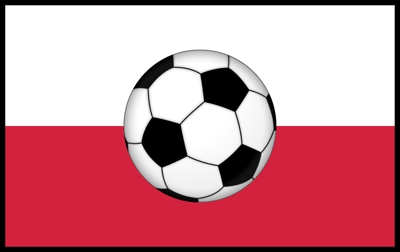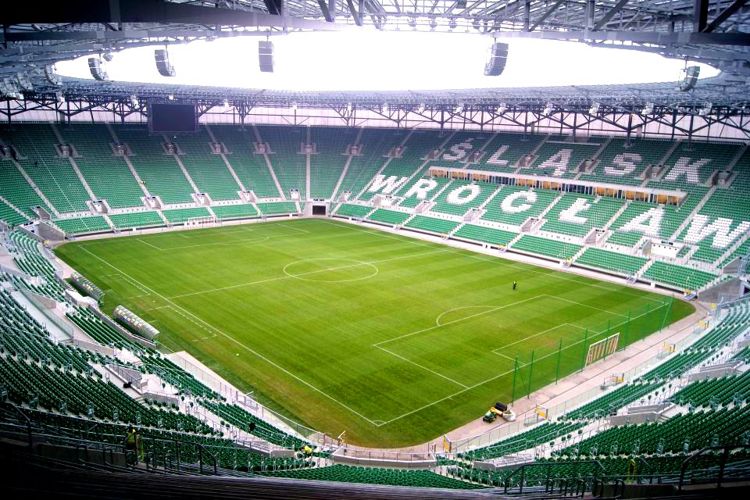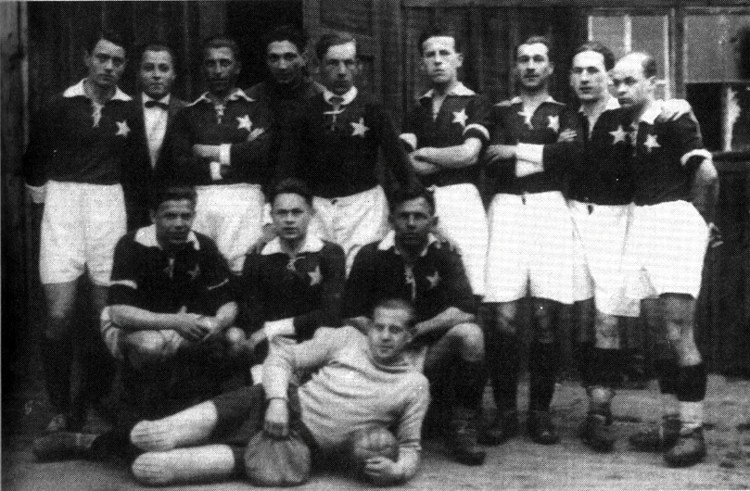Ekstraklasa Stadiums & Stats

The Ekstraklasa, currently known as the PKO Ekstraklasa for sponsorship reasons, is the top-flight division of Polish football.
It was officially formed on the first of March 1927 in Warsaw under the name of Liga Piłki Nożnej, though competitive football was played in the country long before then. Both the Polish Championships and the Polish Football Federation have been in play since the end of 1919. This came about after the independence of Poland was confirmed in 1918.
Similarly to other nations such as Bulgaria, the top-flight of Polish football is a little tricky to understand when it comes to the rules and regulations that they operate to, but we’ll tell you a bit more about that later along with some further information on the league’s history.
First, though, we’ll tell you all about the different types of stadiums that you’ll encounter should you decide to go and watch some top-flight Polish football.
Stadium Stats
| Stadium | Year Opened | Capacity | Ave Attendance | Record Attendance | Record Attendance Match |
|---|---|---|---|---|---|
|
Polish Army Stadium
Legia Warsaw |
1930 | 31800 | 21233 | 30787 | Legia Warsaw v Śląsk Wrocław (2013) |
|
Stadion Energa Gdańsk
Lechia Gdańsk |
2011 | 43615 | 14746 | 40392 | Poland v Netherlands (2016) |
Team Stats
| Team | Year Founded | Nickname | Team Owner |
|---|---|---|---|
| Lechia Gdańsk | 1945 | Gdańskie Lwy (Gedanian Lions), Pasiaki (The stripes), Biało-Zieloni (White-Greens) Lechiści (Lechistas) | Wroclawskie Centrum finansowo |
| Legia Warsaw | 1916 | Wojskowi, Legioniści | Dariusz Mioduski |
Ekstraklasa Stadiums

As is the case with almost every top-flight football league in the world, the range of stadiums used in the Ekstraklasa is vast. The system of promotion and relegation used in the Polish football system means that lesser teams can enter the top division and, when they do, bring their smaller stadia with them. This, combined with the large and sprawling grounds belonging to the country’s most successful teams allows for a real spread of stadium types in operation at any one moment.
At the time of writing the largest stadium being used by a team in the Ekstraklasa is the Stadion Miejski belonging to Śląsk Wrocław. It’s important to specify as there is also a Stadion Miejski used by Jagiellonia Białystok, another by Piast Gliwice, one that houses Podbeskidzie Bielsko-Biała and a further one that Ruch Chorzów use. That’s right, it’s a popular name so at any one time there could be five Stadion Miejski’s in use in the Ekstraklasa. Pretty impressive!
In terms of design, Polish teams tend to favour the more modern ‘European Style’ of a bowl of continuous seating surrounding the playing surface. That isn’t always the case, however, with some clubs opting for the more ‘English Style’ of four different stands on each side of the pitch. It’s certainly the case that the majority prefer the former, though, with some even neglecting to add a roof to protect you from the elements.
About The League

The are five main levels to football in Poland, starting with Ekstraklasa right at the top. Underneath this there is I liga, which has eighteen clubs taking part in it, II liga that also has eighteen clubs, and then III liga. III liga is is split into four groups each consisting of eighteen clubs, with the four separate groups being based on their geographical location. Finally there is the IV liga, which has twenty-one parallel divisions of between sixteen and twenty teams for a total of 368 clubs. After that there are four further levels that are broken down according to their region and their class.
The nature of a league season in Poland is a complicated affair. Things start out reasonably easy to understand, with teams awarded three points for a win, one if the match is drawn, and none at all if you lose. All sixteen teams play each of the other teams in the division at home and away for a total of thirty games. The points are added up and the teams are placed into a position within the league according to the total over the course of the season. That’s when things start to go a bit off-piste.
Not content with allowing the league to finish after thirty games apiece, the Polish top-flight is then split in half. The top eight clubs will go on to battle it out for the title, whilst the bottom eight will try to survive in the league or else get relegated to I liga. All of the teams have their points cut in half and then rounded up to the nearest full digit. They then play each team within their mini-league once, with the teams that finished the ‘normal’ league in the top four slots and positions 9-12 playing four times at home and three away. At the end of those further seven games we know who are the champions of Poland and who will no longer be in the top-flight.
After the 37 games the team in top spot makes it into the qualification phase of the Champions League Second Round, whilst the team that finished second enter the same phase of the Europa League. The third-place team goes into the First Qualifying Round of the same competition. Thankfully relegation is much easier to understand as the bottom two teams of the lower eight mini-league get relegated straight down to I liga.
Ekstraklasa History

Formerly known as I liga and officially called Liga Piłki Nożnej when it was formed in 1927, the Polish top-flight is today called PKO Ekstraklasa due to a sponsorship deal with PKO Bank Polski. The league was formed when representatives from several Polish sides met in Warsaw in December 1926. The idea behind the meeting was to create a country-wide league that would replace the two-stage system that had been in place before that. Prior to the formation of the new league, teams had played games against other sides in their regions and the best sides of each region had then gone on to play a national game to decide who was the best team in Poland.
Initially it seemed as though the new league was doomed to failure. The PZPN, the Polish Football Federation took against the idea and attempted to thwart it. Fortunately all but one of the clubs in Poland supported the idea so it was decided to plough ahead regardless of what the PZPN thought. They were still opposing it in February of 1927 at a meeting in Warsaw but the clubs who wanted the new league, prompted by Polish Army Generals who were playing a key role in numerous aspects of Polish life in the wake of a coup in 1926, proceeded in spite of this and confirmed the new league’s formation on the first of March 1927.
The only team that opposed the new league was Cracovia, but even they crack(ovia)ed eventually and joined in 1928. There then began a period of dominance of the top-flight by teams from Krakow including Cracovia themselves, Pogon Lwów, and Wisła. Eighty teams in total have played in the Polish top-flight, with seventeen having won it at the time of writing. The record number of league wins is fourteen and is shared by Górnik Zabrze. Wisła Kraków, and Legia Warsaw, although Ruch Chorzów are hot on their heels.
